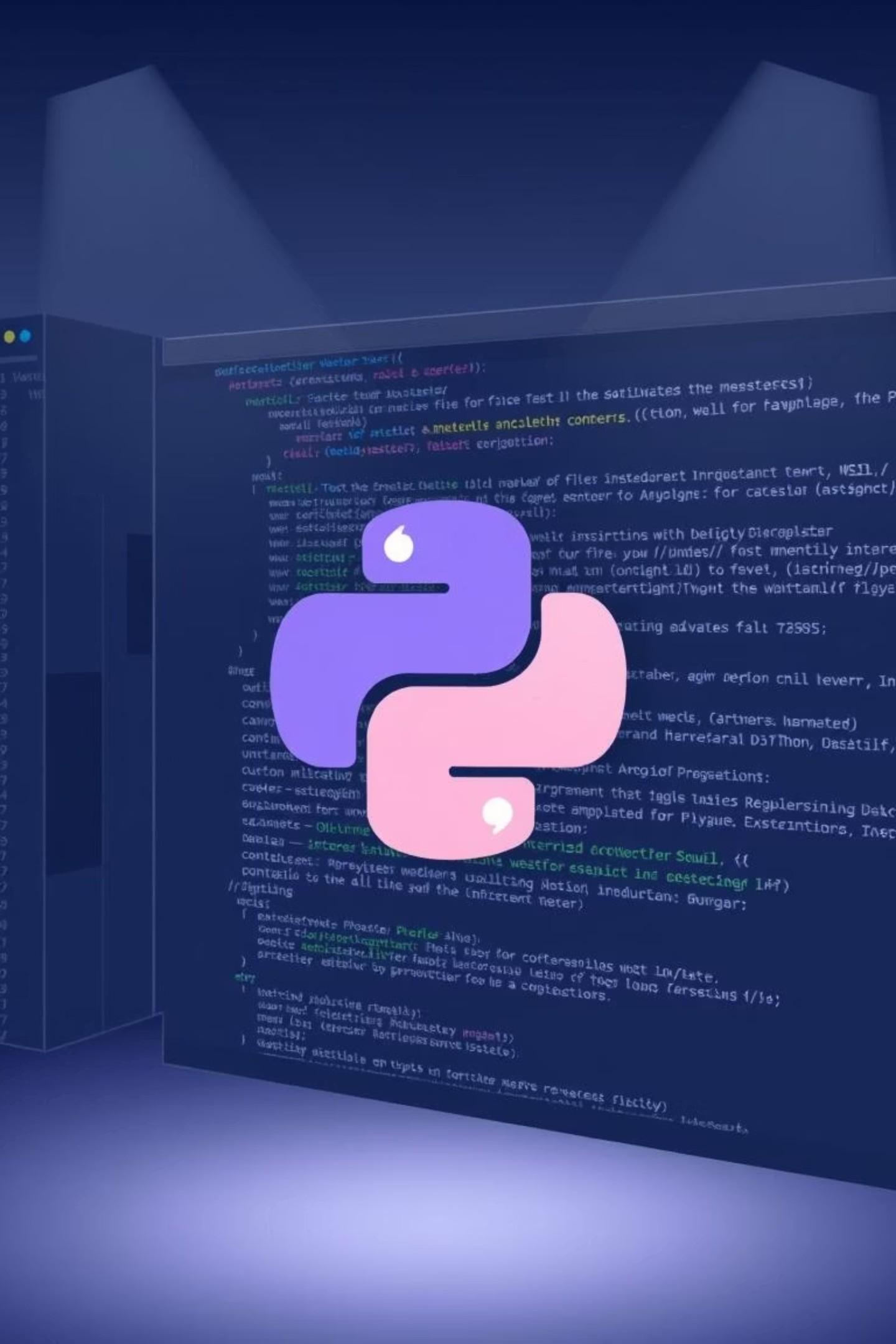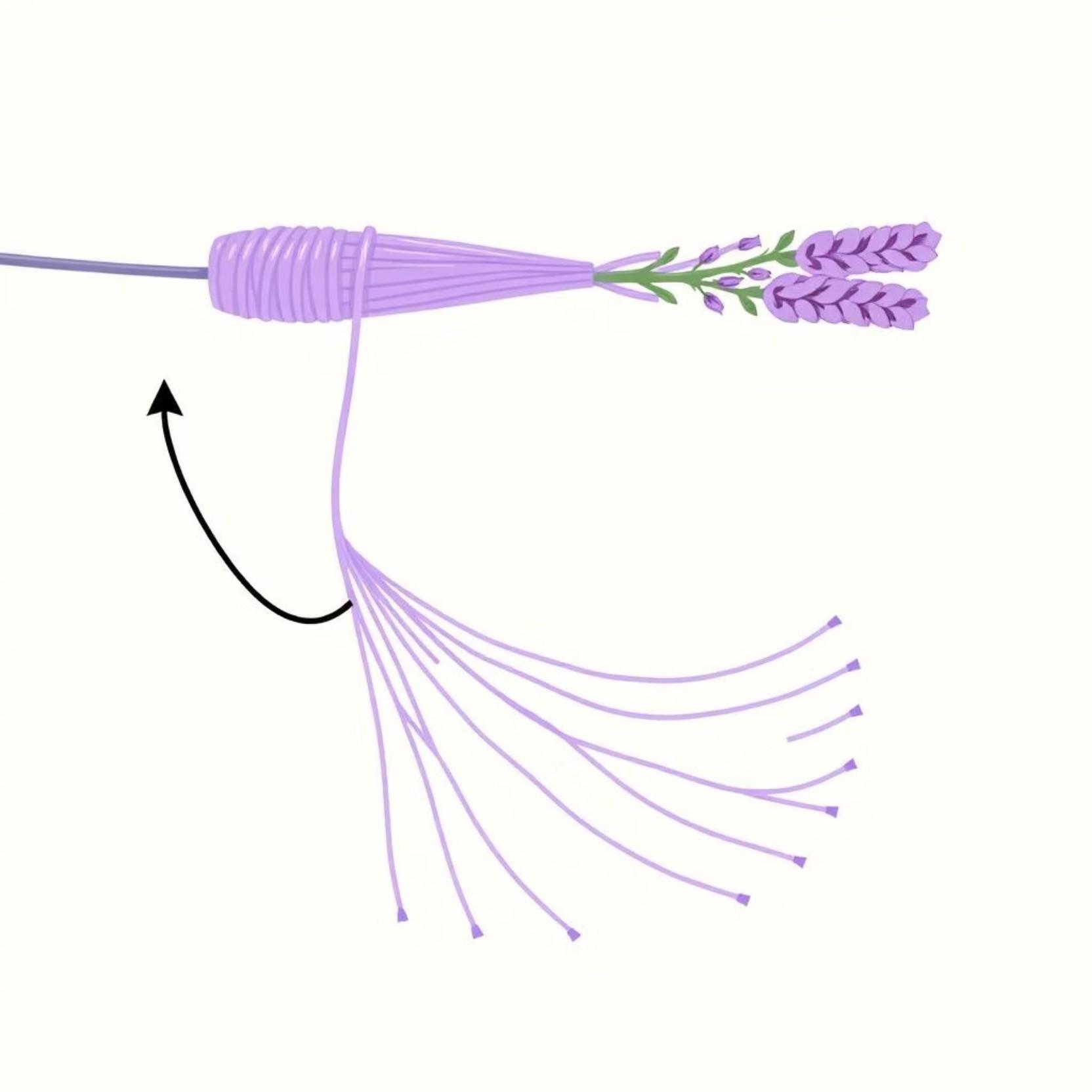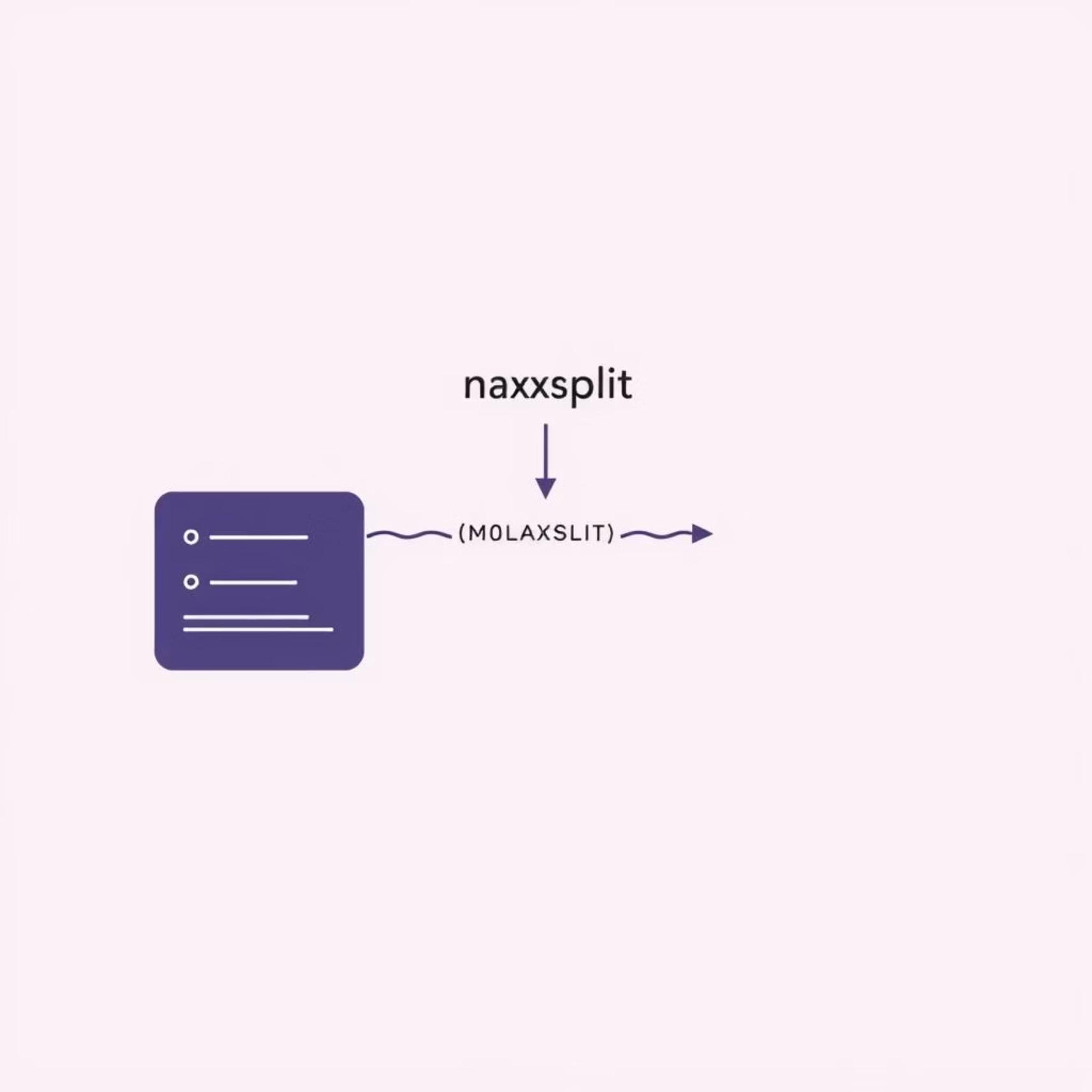

Mastering String Handling with Python Split – A Beginner’s Guide
Unlock the full potential of string manipulation in Python. This presentation explores the versatile `split()` method, a fundamental tool for parsing and processing text data.

Agenda


Introduction to `split()`
Core functionality and syntax.
Delimiter Mastery


Single vs. multiple delimiters.


Controlling Splits with `maxsplit`
Limiting the number of resulting parts.
Practical Use Cases


Real-world applications and examples.


Advanced Scenarios
Combining `split()` with other methods.


Q&A and Resources
Key takeaways and further learning.
Understanding `str.split()` Basics
Purpose
The `split()` method divides a string into a list of substrings based on a specified delimiter. It's essential for parsing structured text.
Syntax
str.split(sep=None, maxsplit=-1)
• sep: The delimiter string. If `sep` is not specified or is `None`, whitespace is used.
• maxsplit: The maximum number of splits to perform. Defaults to -1 (no limit).

Delimiter Behavior: `sep` Parameter
The `sep` parameter is crucial for defining how your string is divided. Understanding its nuances is key to effective text processing.
No Delimiter (Default)
If `sep` is `None` or omitted, any whitespace string acts as a delimiter, and empty strings are removed from the result.
Single Character Delimiter
Multi-Character Delimiter
"Hello World".split()
Result: `['Hello', 'World']`
Splits the string at each occurrence of the specified character. Empty strings may appear if adjacent delimiters are present.
"apple,banana,,orange".split(',')
Result: `['apple', 'banana', '', 'orange']`
Splits the string at each
occurrence of the multi-character string. "onetwothree".split('')
Result: `['one', 'two', 'three']`
Controlling Splits with `maxsplit`
The `maxsplit` argument allows you to limit the number of splits performed, useful for preserving the remainder of a string.
`maxsplit = 1`
Only one split occurs, resulting in two elements: the part before the first delimiter and the rest of the string.
"a,b,c,d".split(',', 1)
Result: `['a', 'b,c,d']`
`maxsplit = 2`
Two splits occur, producing three elements, with the remainder kept as the last element.
"alpha-beta-gamma-delta".split('-', 2)
Result: `['alpha', 'beta', 'gamma-delta']`

Practical Applications of `split()`
`python split` is a versatile tool with numerous applications in data parsing and text processing.

File Path Parsing
Extract file names, extensions, or directory components from full paths. "data/images/photo.jpg".split('/')

CSV Data Extraction
Process comma-separated values (CSV) to get individual fields from each row.
"name,age,city".split(',')

Log File Analysis
Break down log entries into timestamps, severity levels, and messages.

URL Component Isolation
"[INFO] 2023-10-27: User logged in".split(':', 1)
Separate protocols, domains, paths, or query parameters from URLs. "https://example.com/page?id=1".split('/')
Advanced Techniques: Combining `split()`
`split()` often works best when combined with other string methods or list comprehensions for more complex parsing.
Chaining with `strip()`
Remove leading/trailing whitespace from each split element, especially when delimiters might be surrounded by spaces.
text = " item1 , item2 , item3 "parts = [p.strip() for p in text.split(',')]# Result: ['item1', 'item2', 'item3']
Nested `split()`
Process multi-dimensional data by splitting a string, then splitting each resulting substring. data = "row1:a,b|row2:c,d"rows = data.split('|')parsed_data = []for row in rows: parts = row.split(':') parsed_data.append({parts[0]: parts[1].split(',')})# Result: [{'row1': ['a', 'b']}, {'row2': ['c', 'd']}]

